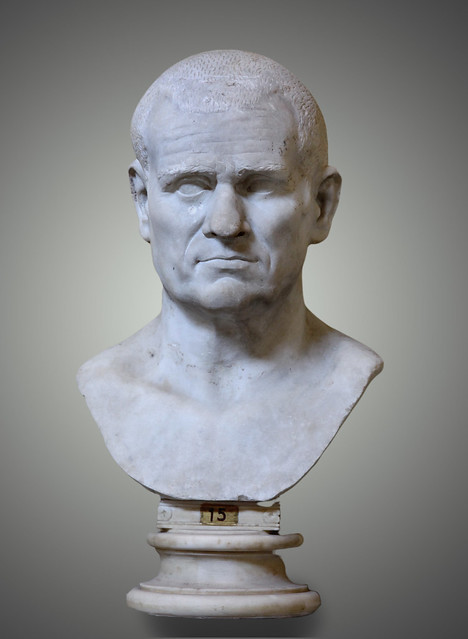Alan
Elite member
- Messages
- 2,517
- Reaction score
- 450
- Points
- 0
- Ethnic group
- Kurdish
- Y-DNA haplogroup
- R1a1a1
- mtDNA haplogroup
- HV2a1 +G13708A
Reconstructed faces of the ancestors of the Circassians 2,500 years ago
Scientists have graphically reconstructed the appearance of the ancestors of the Circassians (proto-Circassians), the inhabitants of the Northwest Caucasus on the north-eastern Black Sea coast in ancient times, based on sculls found in the burial ground in the Lobanov Depression, south of Anapa, near Little Utrish. The excavations were made in 1984 and 1990, and they revealed 15 stone tombs with human remains that are dated to the VI-II centuries BC. The tombs are oriented in an east-west axis, with the heads positioned to the east, which is quite typical of the funeral rites of the population of the region.
Reconstruction of facial features of a number of sculls found in burial grounds in Misxako, near Novorossiysk, and in the Ts'emez Valley, Novorossiysk, was also carried out.
Source: A. V. Dmitriev and A. A. Malyshev, "Sepulchers of the VI-II Centuries BC in the Depression at the Estuary of the Labanov", Armavir Local History Museum, Issue 5, Armavir-Moscow, 1999.





Scientists have graphically reconstructed the appearance of the ancestors of the Circassians (proto-Circassians), the inhabitants of the Northwest Caucasus on the north-eastern Black Sea coast in ancient times, based on sculls found in the burial ground in the Lobanov Depression, south of Anapa, near Little Utrish. The excavations were made in 1984 and 1990, and they revealed 15 stone tombs with human remains that are dated to the VI-II centuries BC. The tombs are oriented in an east-west axis, with the heads positioned to the east, which is quite typical of the funeral rites of the population of the region.
Reconstruction of facial features of a number of sculls found in burial grounds in Misxako, near Novorossiysk, and in the Ts'emez Valley, Novorossiysk, was also carried out.
Source: A. V. Dmitriev and A. A. Malyshev, "Sepulchers of the VI-II Centuries BC in the Depression at the Estuary of the Labanov", Armavir Local History Museum, Issue 5, Armavir-Moscow, 1999.





Last edited:











